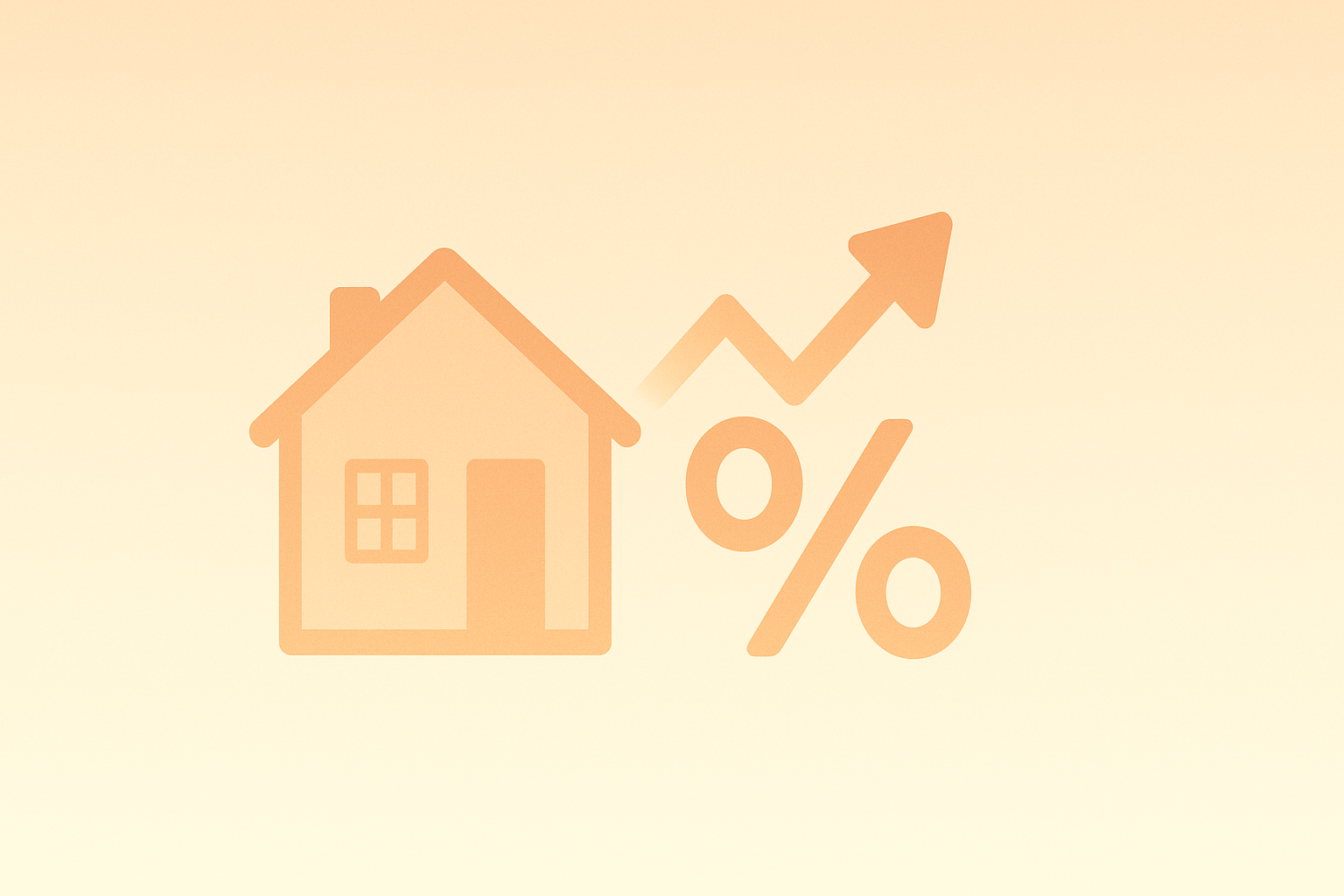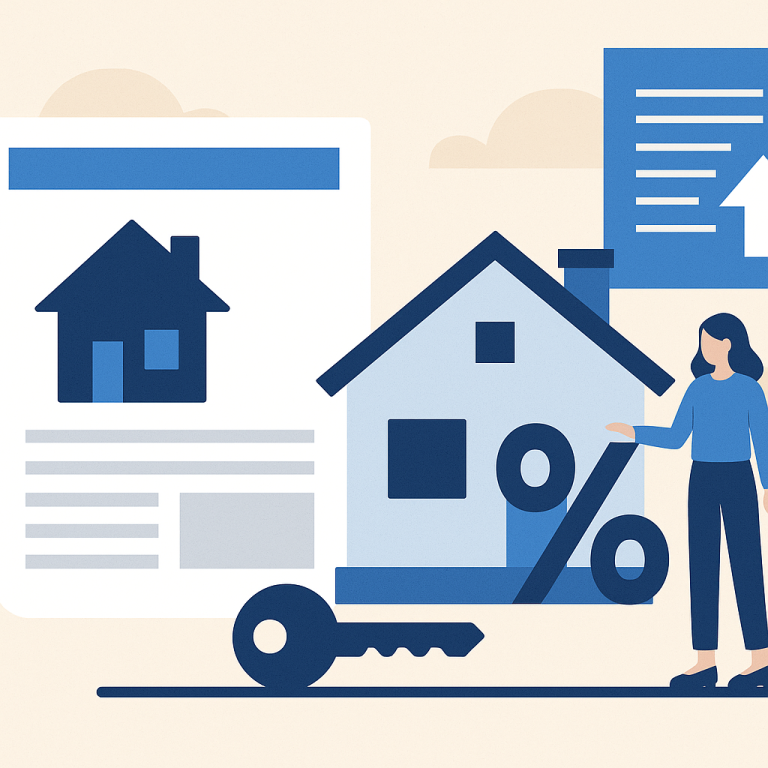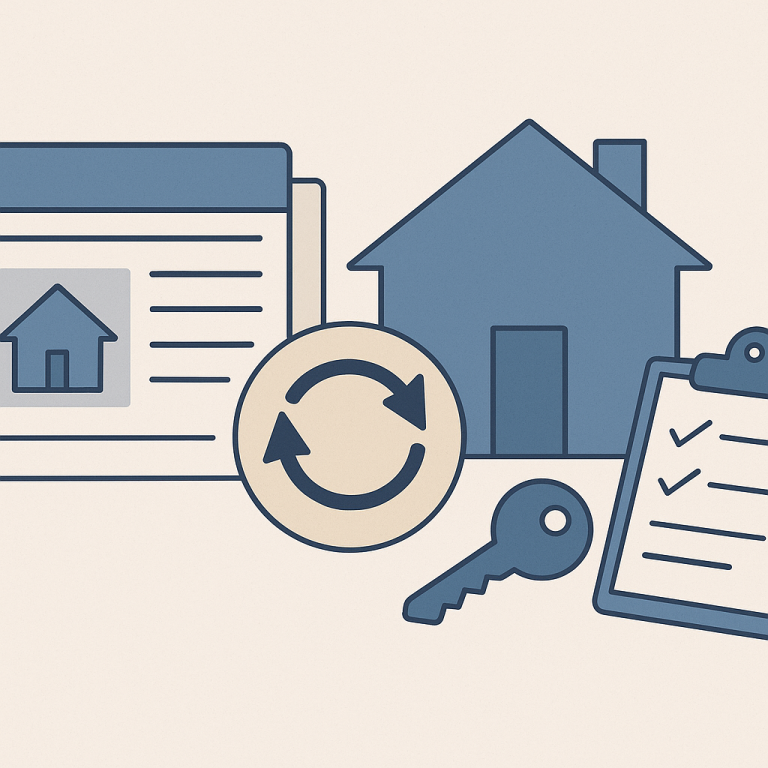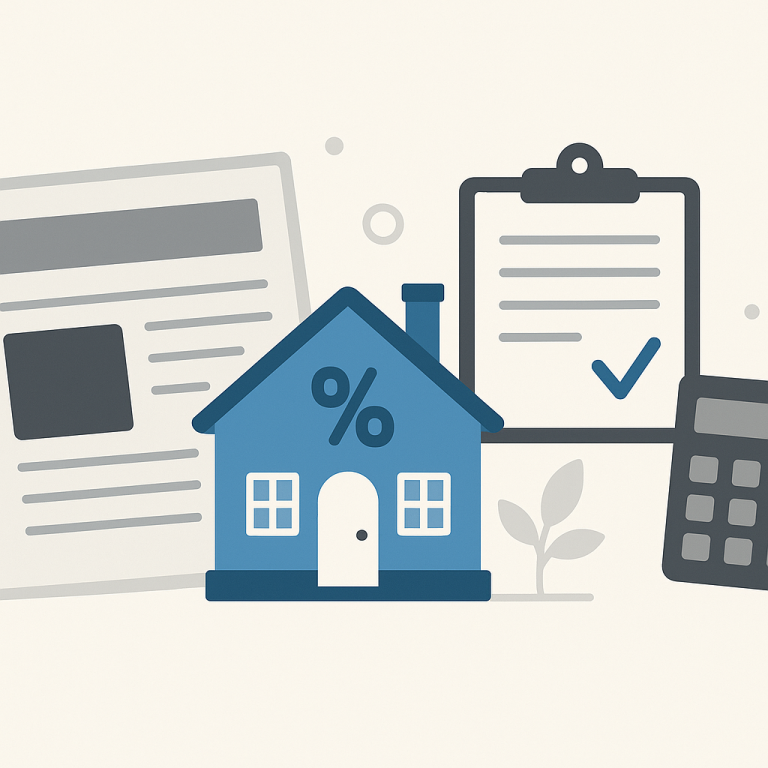Refinance Applications Rebound After Recent Slide
What the MBA data indicates
The MBA’s weekly applications index, a widely watched snapshot of lender activity, recorded an increase in refinance requests compared with the prior reporting period. The uptick reversed a short run of declines that had been driven by higher long-term yields and uneven economic data earlier this summer. Purchase applications remained relatively steady, reflecting ongoing demand from buyers despite higher financing costs in many local markets.
How the survey measures activity
The MBA’s survey tracks loan application volume from a nationally representative panel of mortgage lenders and reports changes in purchase and refinance application counts. Because it is a weekly indicator, the index is sensitive to short-term moves in Treasury yields and mortgage rates as well as to seasonal and regional variations in housing market demand.
Why refinance requests rose this week
Several near-term factors tend to push refinance activity higher when they occur together:
- Downward pressure on market mortgage rates: Even small declines in 10-year Treasury yields or mortgage-backed securities can translate into lower offered rates on conforming and jumbo loans, making refinancing more attractive for some homeowners.
- Lender competition and rate promotions: When lenders cut advertised rates or reduce fees, more homeowners are likely to shop for a new loan.
- Home equity and cash needs: Owners with improved home values may seek cash-out refinances for renovations, debt consolidation or other expenses.
- Borrower timing: Some homeowners who previously delayed refinancing because rates were volatile may act when they perceive a window for savings.
What homeowners should consider before refinancing
A rebound in applications does not automatically mean refinancing is the right move for every borrower. Homeowners should weigh several practical considerations before submitting an application:
- Compare the net savings: Calculate the “break-even” point by dividing total refinancing costs (origination fees, appraisal, title, recording fees) by the expected monthly savings from the new rate. If you plan to own the home past the break-even period, refinancing may make sense.
- Loan term trade-offs: Refinancing to a lower rate but extending the loan term can reduce monthly payments while increasing total interest paid over the life of the loan. Conversely, moving to a shorter-term loan can save interest but raise monthly payments.
- Credit and documentation: Improved credit scores and lower debt-to-income ratios can improve access to better rates. Gather pay stubs, tax returns, and asset documentation early to speed processing.
- Alternatives to refinancing: For smaller borrowing needs, a home equity line of credit (HELOC) or home equity loan may be cheaper or faster than a full refinance, depending on rates and fees.
What this means for lenders and the market
For lenders, a rise in refinance applications typically increases pipeline activity and can pressure margins if competition intensifies. Many mortgage originators respond by adjusting pricing or offering promotional credits to attract borrowers. From a market perspective, modest rebounds in refinance activity can reflect greater certainty about the near-term path of interest rates; but sudden reversals in yields could equally quicken declines in applications.
Investor and sector implications
Refinance volumes affect securities tied to mortgage-backed securities and can influence liquidity in those markets. A sustained pickup in refinancing might also translate into higher prepayment speeds for investors holding existing mortgage pools, which has implications for valuation and hedging strategies.
Practical next steps for borrowers watching the rebound
If the recent increase in applications has you thinking about refinancing, consider these steps:
- Run current quote comparisons from multiple lenders, including total costs and not just headline rates.
- Use a refinance calculator to estimate break-even and long-term savings under different scenarios.
- Ask lenders about rate locks, float-down options and the fees that apply if you move forward.
- Check whether you qualify for specialized programs (e.g., FHA, VA) that may offer different cost structures or eligibility rules.
When to act and when to wait
Timing a refinance often depends on personal plans as much as market forecasts. If you expect to move in the next few years, the window for meaningful savings may be smaller. Conversely, if you plan to stay long term and can secure a substantially lower rate or switch to a shorter term, refinancing can be a straightforward way to reduce lifetime interest costs.
Why it matters
Shifts in refinance applications are an early indicator of how homeowners and lenders are reacting to changes in rates and lending conditions. A rebound suggests borrowers see actionable opportunities to reduce costs or access equity. For consumers, tracking this metric can help time decisions; for lenders and investors, it signals changes in originations and prepayment expectations that affect pricing and operations.
Sources






